1 photo
Home / Albums / Technology / Musical Instruments 84
-
String
11 photos

 Holding the bow
Holding the bow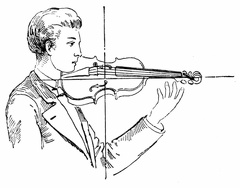 Position of the left hand and the left arm
Position of the left hand and the left arm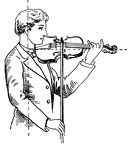 Bowing
Bowing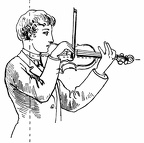 Bowing
Bowing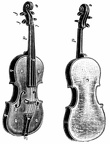 Constituent parts of the violin - Exterior
Constituent parts of the violin - Exterior Rabab
Rabab Raba—Indian violin
Raba—Indian violin Constituent parts of the bow
Constituent parts of the bow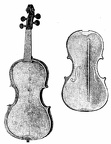 Constituent parts of the violin - Interior
Constituent parts of the violin - Interior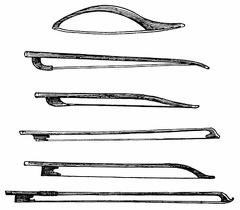 The bow
The bow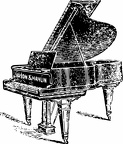 Piano
Piano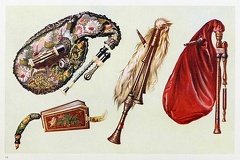 Cornemuse, Calabrian Bagpipe, Musette
Cornemuse, Calabrian Bagpipe, Musette Burgmote Horns
Burgmote Horns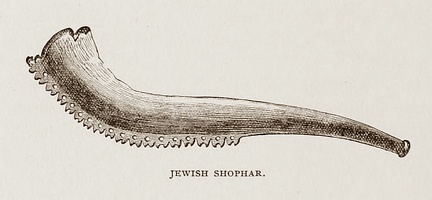 Jewish Shophar
Jewish Shophar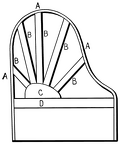 Modern method og grand pianoforte case construction
Modern method og grand pianoforte case construction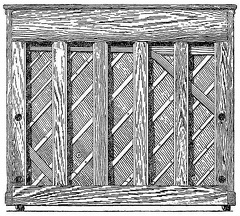 Back view of upright pianoforte
Back view of upright pianoforte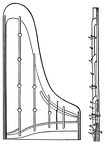 Jonas Chickering’s full solid cast grand metal plate
Jonas Chickering’s full solid cast grand metal plate Arrangement of iron plate, braces and scale of parlor size grand pianoforte
Arrangement of iron plate, braces and scale of parlor size grand pianoforte Iron plate for upright pianoforte fitted with Capo D’astro bar
Iron plate for upright pianoforte fitted with Capo D’astro bar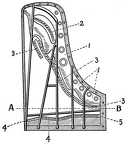 Sketch of iron plate for concert grand
Sketch of iron plate for concert grand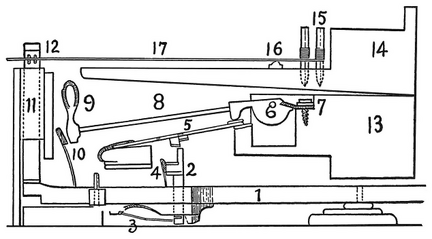 Cristofori’s action in its final form
Cristofori’s action in its final form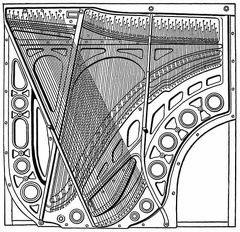 Iron plate for upright pianoforte with Agraffes (Mehlin patents)
Iron plate for upright pianoforte with Agraffes (Mehlin patents)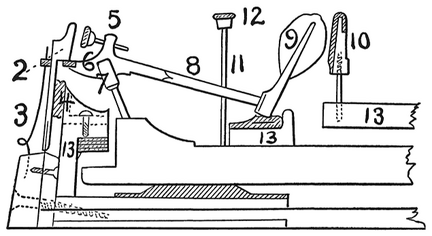 Action by Andreas and Nanette (Stein), Streicher Viennese escapement (1794)
Action by Andreas and Nanette (Stein), Streicher Viennese escapement (1794)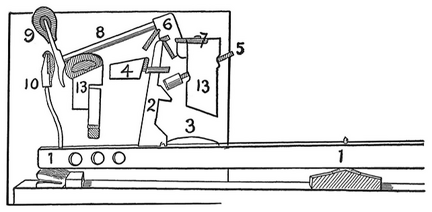 English direct lever grand action, developed by Broadwood from Backers (1884)
English direct lever grand action, developed by Broadwood from Backers (1884)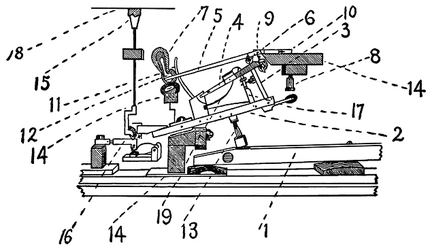 Double repetition action of Sebastian Erard as used by S. & P. Erard, Paris
Double repetition action of Sebastian Erard as used by S. & P. Erard, Paris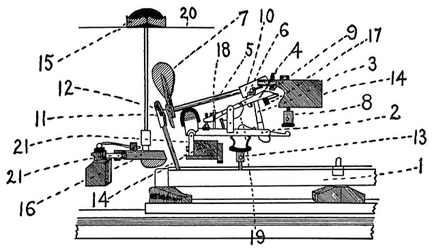 The Erard grand action modified by Herz
The Erard grand action modified by Herz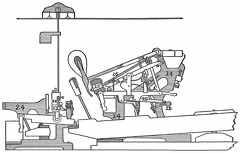 Grand pianoforte action with metallic action and damper frames
Grand pianoforte action with metallic action and damper frames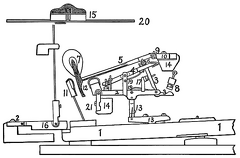 Standard modern American grand action
Standard modern American grand action Standard American upright action
Standard American upright action Upright action showing lost-motion device
Upright action showing lost-motion device Saw Ou
Saw Ou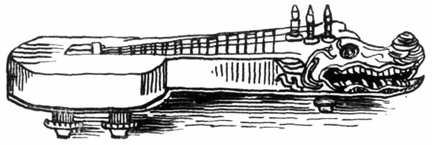 Ta'khay, or Alligator
Ta'khay, or Alligator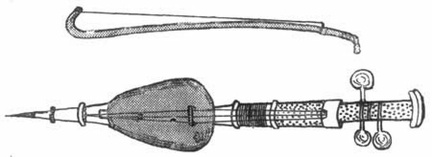 Saw Tai
Saw Tai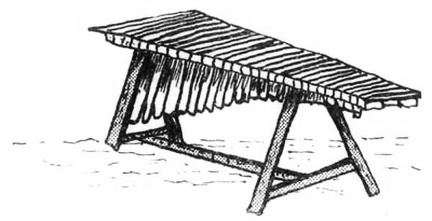 Guatemalan Marimba
Guatemalan Marimba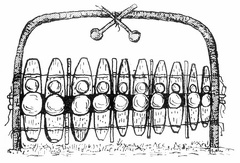 Zulu Marimba
Zulu Marimba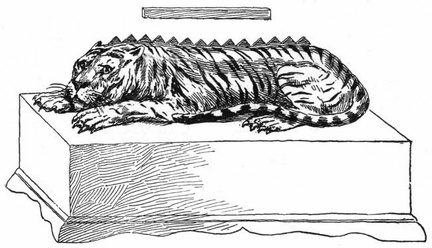 The 'Tse King.'
The 'Tse King.'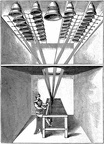 Carillon, Netherlands
Carillon, Netherlands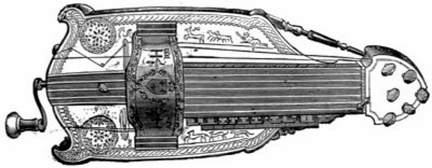 Vielle
Vielle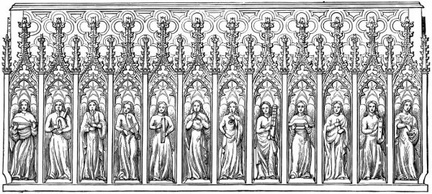 The minstrels’ gallery, at Exeter cathedral
The minstrels’ gallery, at Exeter cathedral Scotch bagpipe, eighteenth century
Scotch bagpipe, eighteenth century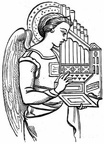 Regal
Regal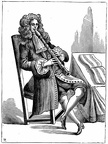 Recorder
Recorder Pneumatic organ, fourth century
Pneumatic organ, fourth century Monochord
Monochord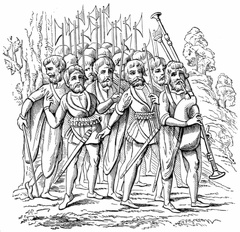 Irish bagpipe, sixteenth century
Irish bagpipe, sixteenth century Viola da gamba
Viola da gamba Syrinx
Syrinx Organistrum
Organistrum German fiddle, ninth century
German fiddle, ninth century Anglo-saxon fiddle
Anglo-saxon fiddle The French Crout
The French Crout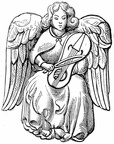 The old English 'crowd'
The old English 'crowd' The Crwth
The Crwth Basset Horn
Basset Horn Bassoon
Bassoon Old English double curtail
Old English double curtail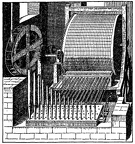 Barrel Organ
Barrel Organ Barbiton
Barbiton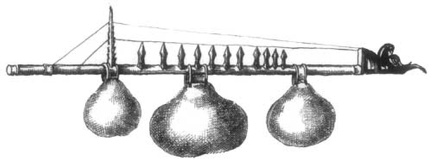 The Kimmori
The Kimmori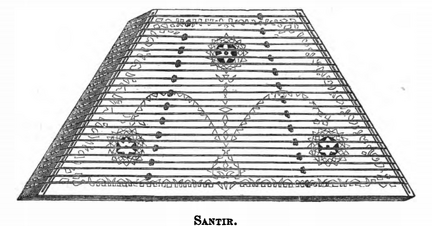 Santir
Santir





